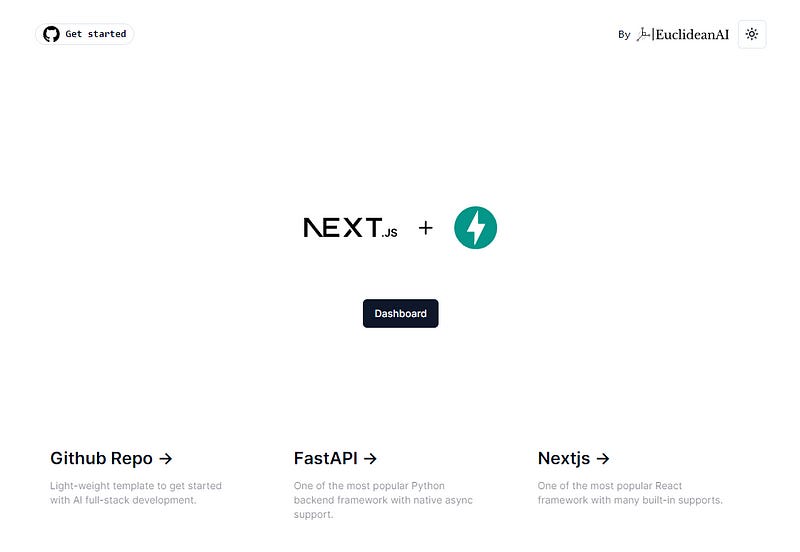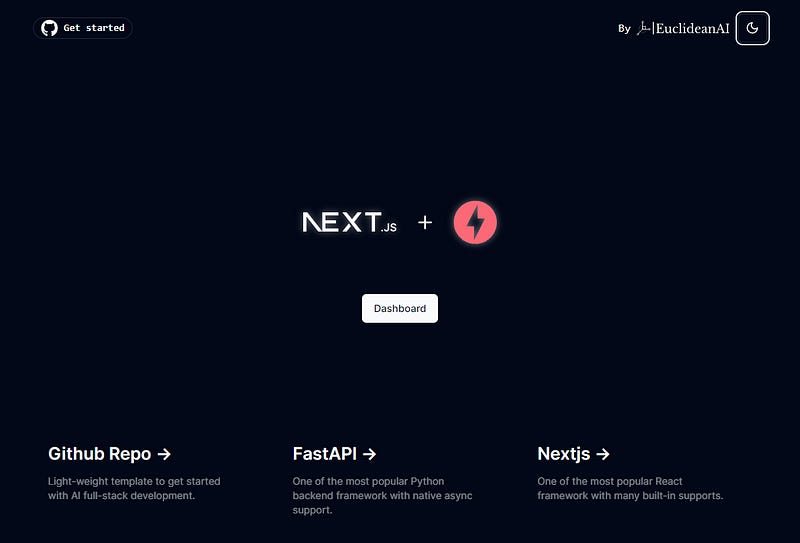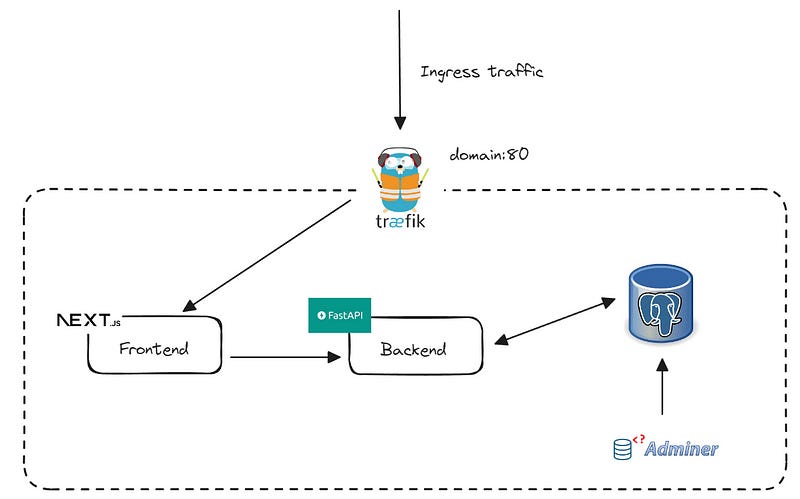Nextjs + FastAPI template for SaaS Part3
This is the last article in the series on the Nextjs + FastAPI template for SaaS. It took a while to publish this article as we promised we would share a template on GibHub. But here it comes!
GitHub - Sheldenburg/nextjs-fastapi-template: Full stack, modern web application template. Using…
Full stack, modern web application template. Using FastAPI, Nextjs, SQLModel, PostgreSQL, Docker, GitHub Actions…github.com
And if you ever want to revisit part 1 and part 2, you can find the links at the end of this article.
One reason for the delay in creating this repository is that Next.js has undergone significant updates since Next.js 13, particularly regarding the app router and server-side rendering. Now, with Next.js 14 released, there is more maturity in terms of server-side rendering and the app router.
Disclaimer: I used the backend of the repository below, created by the founder of FastAPI, and replaced the React.js frontend with Next.js.
GitHub - tiangolo/full-stack-fastapi-template: Full stack, modern web application template. Using…
Full stack, modern web application template. Using FastAPI, React, SQLModel, PostgreSQL, Docker, GitHub Actions…github.com
There are several reasons why we chose to build with Next.js (a full-stack framework built on top of React) instead of React alone:
Dependencies reduction
A barebones React.js application would require the installation of dependency packages to achieve multi-page routing, manage API requests, caching, etc. While there are various solutions available, such as using @tanstack/react-router for routing and @tanstack/react-query + axios for managing API requests and caching in the original repository, a Next.js application integrates all these functionalities without the need for third-party libraries. Additionally, Next.js 14 (app router) employs file-based routing, automatically handling routing via the folder structure.
Server side rendering
Data fetching and mutation in a Next.js application primarily occur on the server side, although client-side data fetching is also possible. This eliminates the need for ‘useEffect’ and other cumbersome boilerplate code for client-side data fetching. Server-side rendering also offers performance benefits.
Popularity
Next.js is gaining popularity, with a significant number of frontend projects and YouTube tutorials based on Next.js that are beginner-friendly.
You can easily spin up the full stack using Docker Compose:
docker compose up -dFrontend: Nextjs
Backend: FastAPI (Python)
Database: Postgres
Load balancer & reverse proxy: Traefik
DB dashboard: Adminer
Here is the high level architecture. Traefik is used as load balancer and reverse proxy for ingress traffic. This protects backend and database from the internet.
Roadmaps
We will continue updating this template to include a few more popular features.
Chat with LLMs
RAG (Retrieval Augmented Generator)
Multi-modality of LLMs
Image generation
Long-lasting background jobs with Celery and Redis
Supabase connection





